Glossary Terms
B
-

Banosh
Banosh is a traditional Ukrainian dish made from cornmeal with smetana (sour cream), typically topped with pork rind, mushrooms, and bryndza, a soft, crumbly white cheese.
C
-
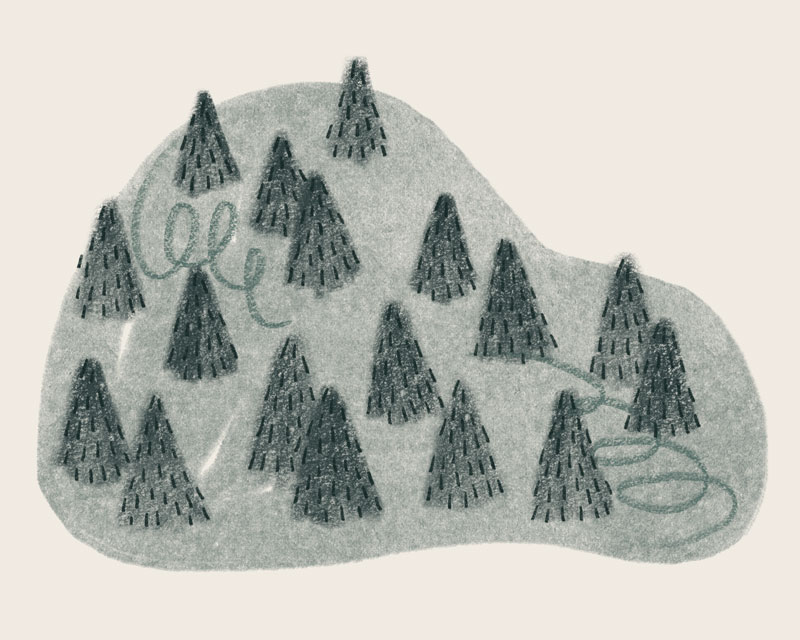
Carpathians
The Carpathian Mountains, or Carpathians, are a mountain range forming an arc across Central and Southeast Europe, stretching for about 1,500 km (around 900 miles) along the borders of Romania, the Czech Republic, Slovakia, Poland, Ukraine, Austria, Serbia, and northern Hungary.
In Ukrainian, they are called Карпати (Karpati). The name Carpates is thought to be linked to the ancient Dacian tribes known as the Carpes or Carpi, who lived to the east of the Carpathians, from the northeast of the Black Sea to the Transylvanian Plain in present-day Romania and Moldova.
K
-
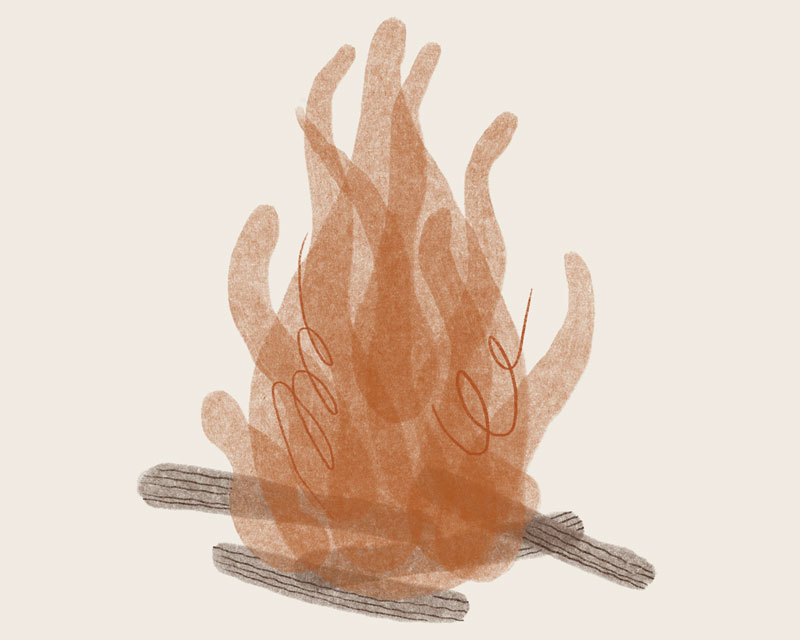
Kupala Night
The earliest mention of Kupala Night appears in the Volyn Chronicle. This ancient celebration has deep roots in Slavic tradition and predates the Christianisation of Kievan Rus. Pagan communities honoured the summer solstice and held water in great reverence, which is why the festivities of Kupala Night traditionally take place near rivers, lakes, or other bodies of water.
The main figures of the celebration are Kupalo and Marena, who symbolise the struggle between good and evil. Marena embodies winter, death, and illness, while Kupalo is regarded as the patron of marriage and family continuity. During the rituals, a large Kupalo bonfire was lit. It was one of the main symbols of the holiday. People gathered around the fire, sang songs, danced in circles, and celebrated until dawn.
L
-
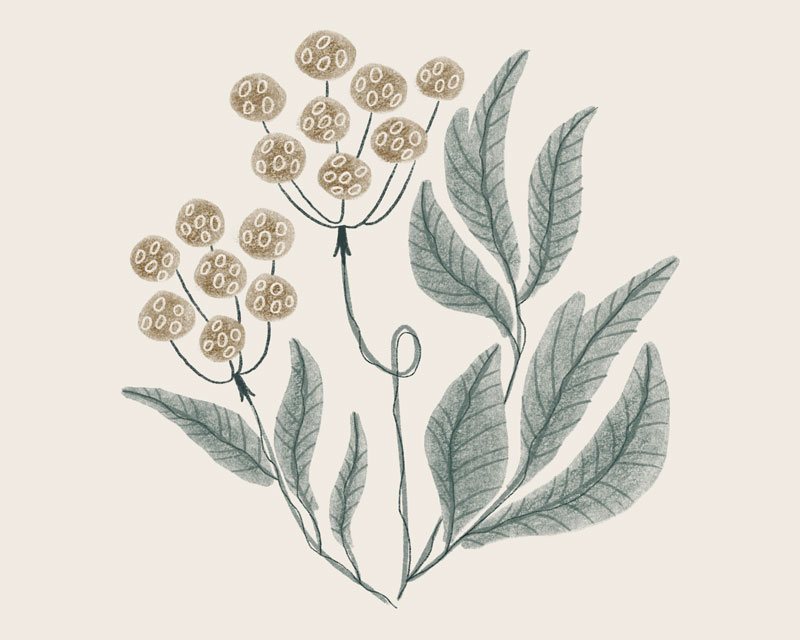
Lovage
Lovage is a perennial herb with a strong, celery-like scent, well known in Ukrainian folk tradition. Beyond its occasional use in cooking, lovage was often planted in village gardens for its healing properties. It was used in herbal teas and infusions to aid digestion, treat colds, and cleanse the body. In folk belief, lovage was also associated with protection and was sometimes used in rituals or carried as a charm.
M
-
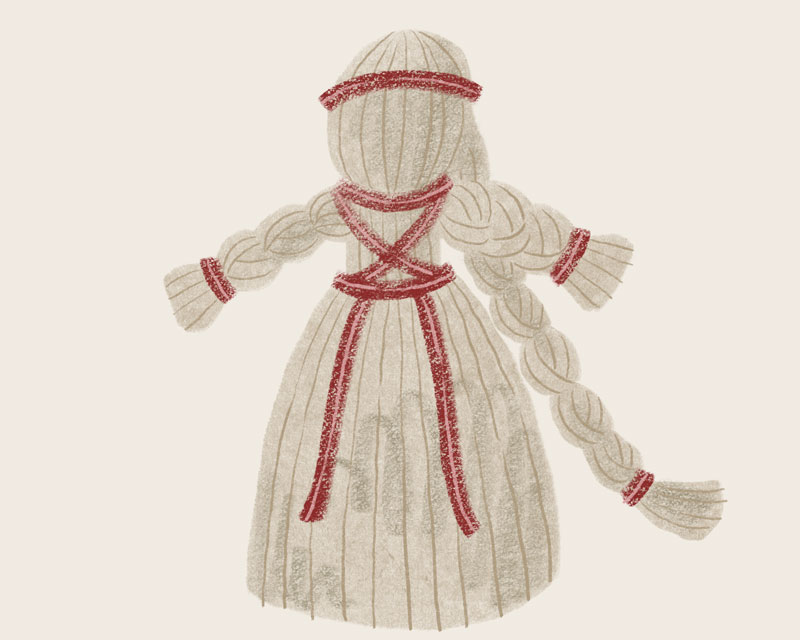
Motanka
Motanka is traditional Ukrainian rag doll created by carefully winding and tying strips of fabric, without the use of needles. The making of motankas goes back centuries and is closely tied to ancient folk beliefs. Each doll carried symbolic meaning: it could serve as a household guardian, a gift for newlyweds to bring prosperity, or a protective charm for children. Motankas were often made from old family clothing, which gave them a sense of continuity and connection with ancestors. Their appearance was simple, with no facial features, as it was believed that this protected the doll from trapping a soul. More than just toys, motankas reflected the spiritual world of the people, combining everyday life with ritual and tradition.
P
-
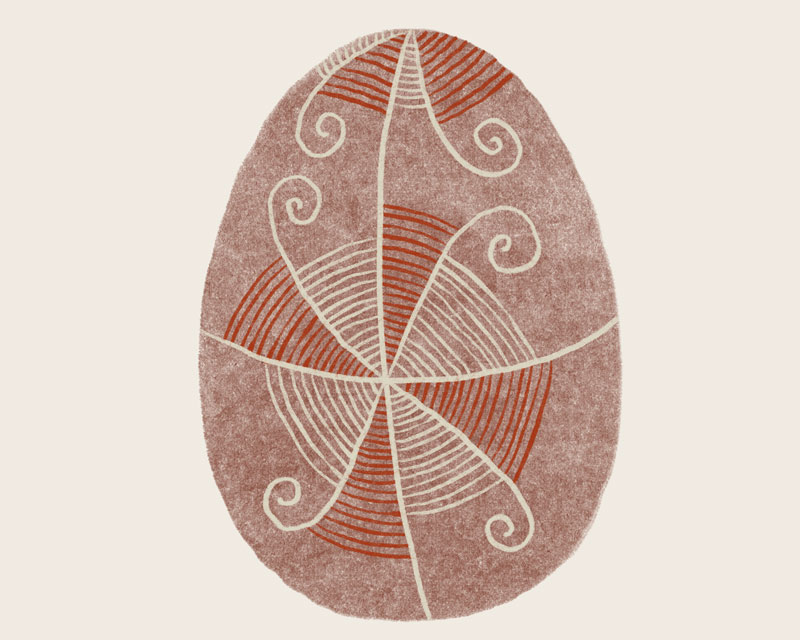
Pysanka
Pysanka is a traditional Ukrainian Easter egg, decorated with intricate folk patterns using a wax-resist method. Each symbol and colour carries specific meanings, representing themes like health, fertility, protection, and prosperity. Pysanky have been made for centuries and are an important part of Ukrainian cultural and spiritual traditions, often created during family gatherings and passed down through generations.
S
-
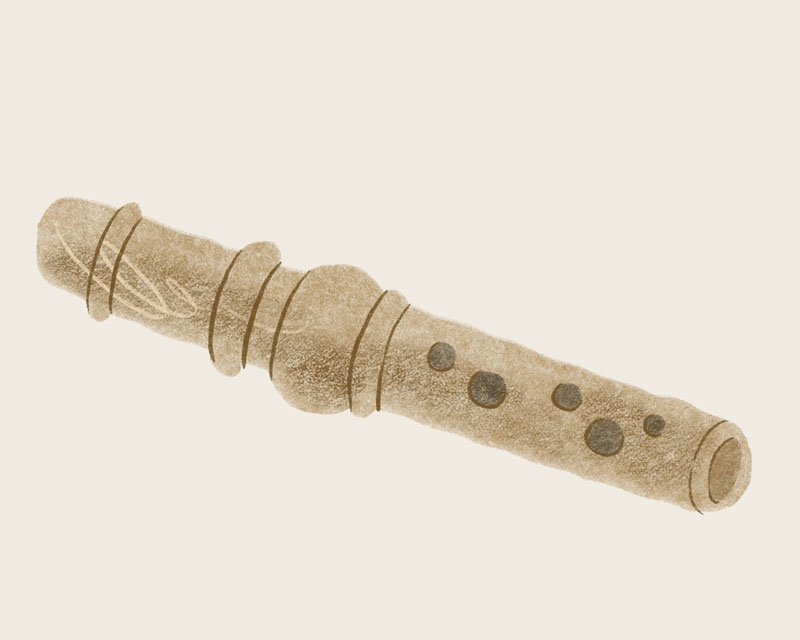
Sopilka
Sopilka is a traditional Ukrainian flute-like instrument, usually made of wood with several finger holes. Its clear, lively sound has long accompanied folk songs, dances, and celebrations, making it one of the most familiar voices in Ukraine’s musical tradition.
-
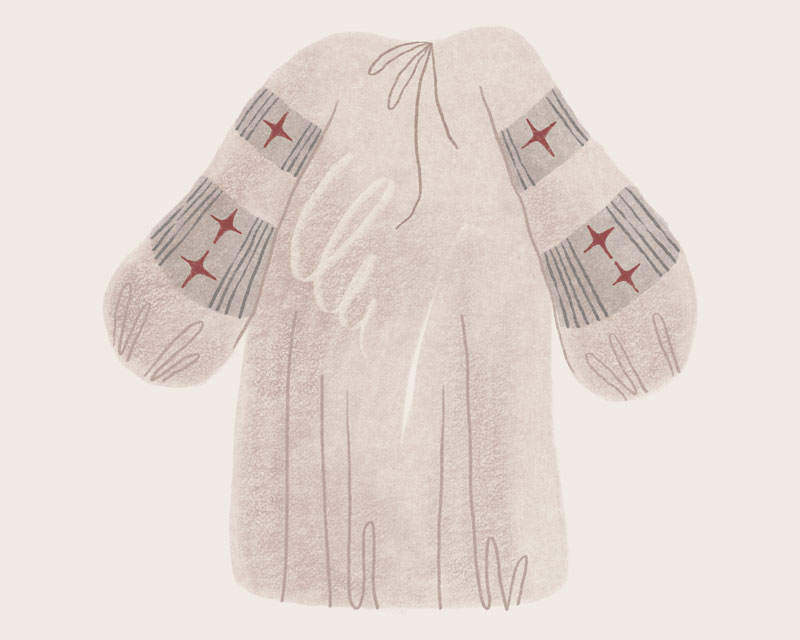
Sorochka Shirt
Sorochka is a traditional Ukrainian shirt, usually made of linen or cotton, often decorated with embroidery. Worn by both men and women, the sorochka has historically been an important part of daily life and ceremonial dress. Embroidery patterns often carry symbolic meanings, representing protection, health, and family heritage. It remains a key element of Ukrainian folk culture and national identity.